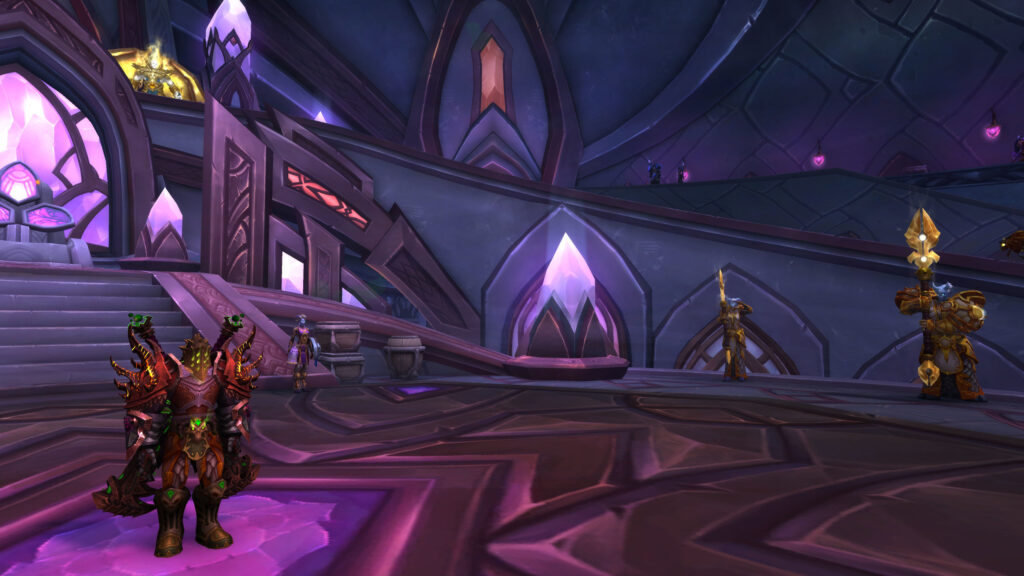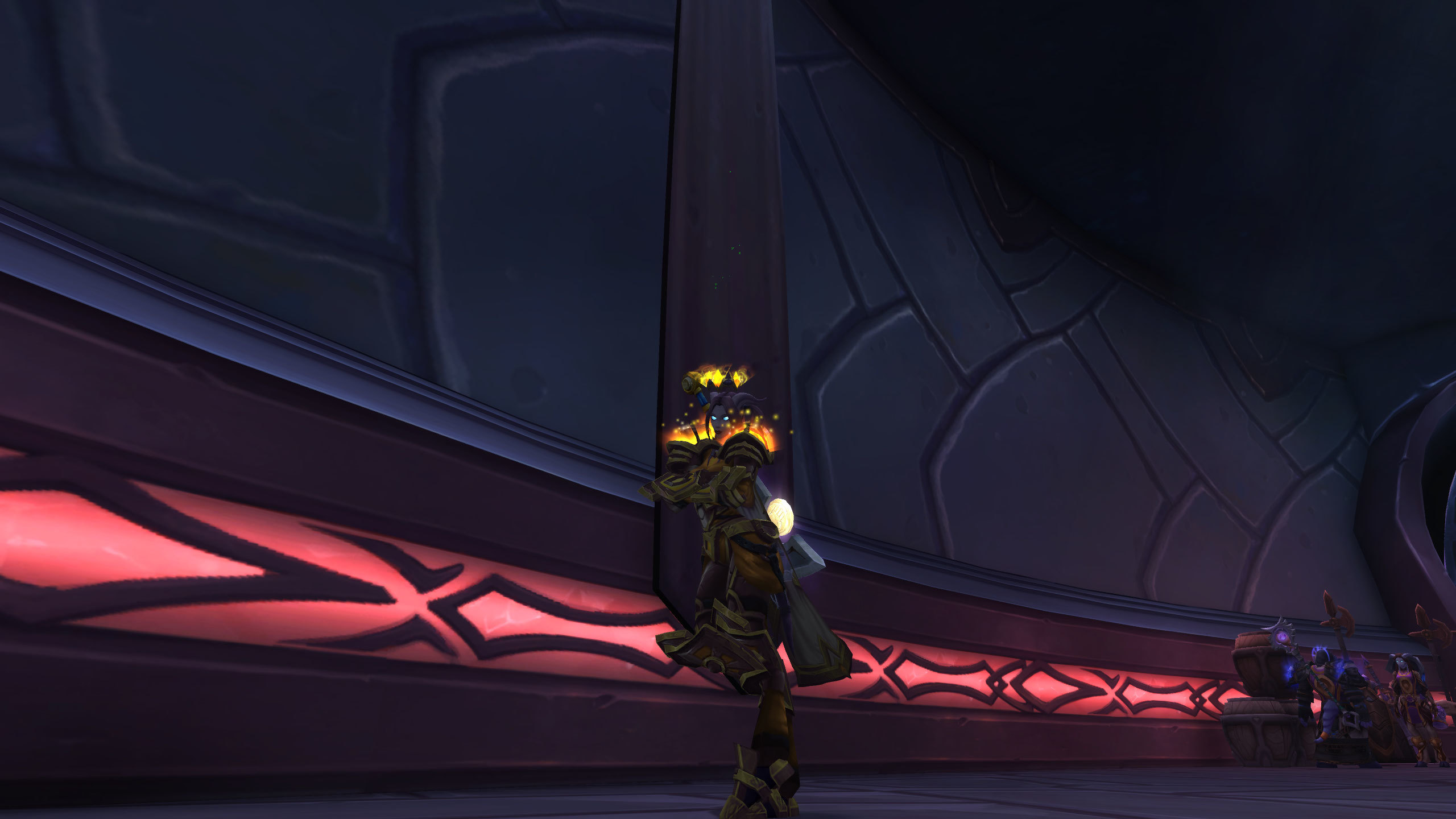Few topics spark as much discussion in World of Warcraft as class balancing. Every player has felt the highs of a well-timed buff and the lows of a sudden nerf. Behind the scenes, Blizzard’s designers constantly adjust numbers, abilities, and talents to maintain equilibrium—but perfect balance is as elusive as a world-first Mythic kill.
This article explores the intricate science of class balancing, why it’s so challenging, and how Blizzard’s successes (and failures) have shaped the modern WoW experience.
The Philosophy Behind Balance
At its core, class balance is about fairness—ensuring that no class dominates while all remain fun and viable. Blizzard’s philosophy has evolved over time, shifting from strict numerical equality to functional diversity. Instead of making every class identical, the goal is to make them equally powerful in different ways.

This allows for creative group compositions and player expression without erasing the unique identity of each class.
Why True Balance Is Impossible
Every class has strengths that shine in specific contexts. A Fire Mage may excel in burst-heavy fights, while an Affliction Warlock thrives in attrition battles. Balancing these across dozens of encounters, PvP scenarios, and talent builds is a mathematical and logistical nightmare. Blizzard must weigh thousands of variables, from player skill averages to data from raid logs and simulations.
The result? Balance is always relative, not absolute—what feels fair to one player may seem broken to another.
The Process: Data, Feedback, and Iteration
Class tuning isn’t random—it’s scientific. Blizzard tracks massive datasets from combat logs, parses, and internal testing. These numbers reveal outliers in damage, healing, or survivability. Developer notes often explain the logic behind changes, showing that every buff or nerf is backed by reasoning, not whim.
| Data Source | Purpose |
|---|---|
| Warcraft Logs | Shows performance trends across thousands of players |
| PTR Testing | Gathers early balance data for new patches |
| Player Feedback | Highlights real-world frustrations and edge cases |
This data-driven cycle forms the backbone of Blizzard’s balancing philosophy—an ongoing experiment with no final answer.
The Human Factor: Emotions, Expectations, and Bias
No amount of math can control human perception. Players often measure “balance” by how it feels rather than by statistics. If one class dominates Mythic+ leaderboards, frustration spreads quickly—even if overall performance differences are small. Perception becomes reality, and social pressure can drive players to reroll or abandon classes altogether.

Blizzard must therefore balance not only numbers but also community sentiment—a psychological challenge as much as a mechanical one.
Historical Highs and Lows of Balance
WoW’s history is filled with both balance triumphs and disasters. The Mists of Pandaria expansion is often praised for near-perfect equilibrium, where nearly every spec had a role. In contrast, early Shadowlands saw massive disparities that made certain classes virtually mandatory. Each era taught Blizzard something new about how player behavior responds to imbalance.
- Mists of Pandaria: Skill-based parity between specs.
- Warlords of Draenor: Homogenization backlash from overbalancing.
- Legion: Artifact power introduced unprecedented variability.
- Shadowlands: Covenant systems exposed design fragility.
Every expansion becomes a lesson in what balance really means—not perfection, but satisfaction.
The Future of Balance in The War Within
With The War Within, Blizzard has refined its balancing approach again, introducing Hero Talents to add horizontal diversity rather than vertical imbalance.

By giving classes flexible micro-specializations, players can express their playstyle without destabilizing core numbers. This approach reflects Blizzard’s growing understanding that true fairness lies in freedom, not equality.
Conclusion
Class balancing in WoW is both science and art—a never-ending pursuit of fairness that defines the game’s competitive integrity.
While perfect balance may never exist, Blizzard’s evolving systems ensure that every patch brings the game closer to harmony. The numbers may shift, but the spirit of competition remains constant—and that’s what keeps players coming back, eager to test their class against the rest.

